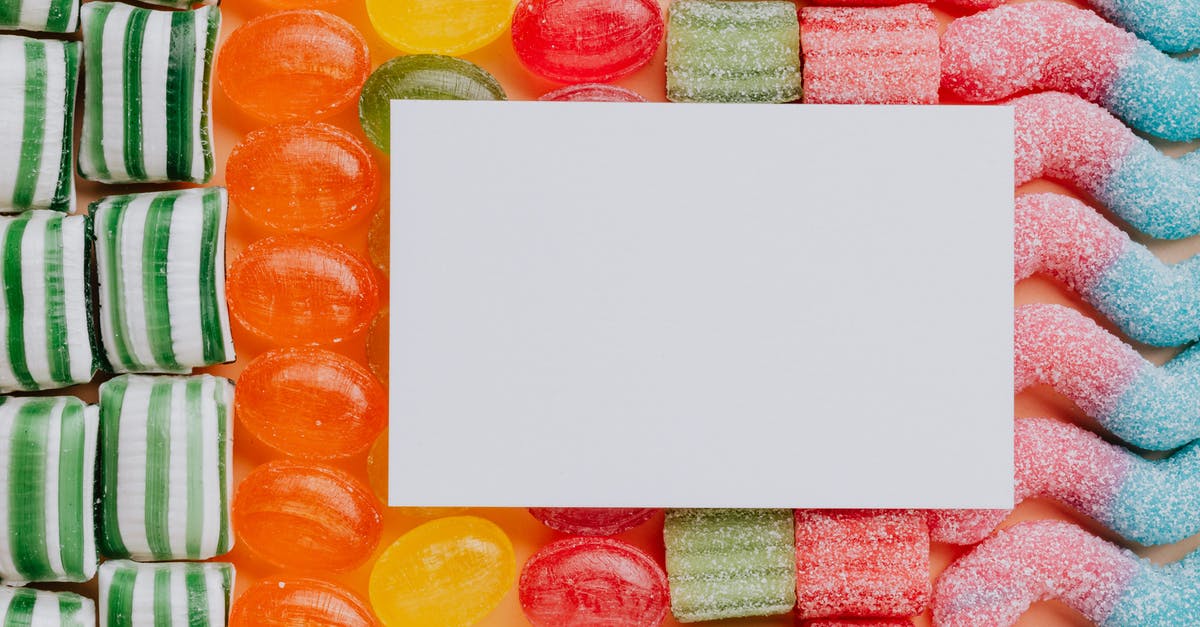What is the difference between saute and caramelizing toppings?

I'm a huge fan of cooking up grilled onions, peppers, mushrooms, and many other toppings.
When I worked at a local sub shop I was always the one volunteering to grill up some onions and saute the portobello mushrooms.
When I made the mushrooms and the grilled onions it was the exact same process.
I would add butter to my fry pan, slice up the ingredients, and then add them to the pan to cook.
According to my past employer, I was sauteing the mushrooms while caramelizing the grilled onions.
I never added any sugar or anything to my grilled onions. I did cook them a wee bit longer because when you slightly burn(darken) the butter before adding the ingredients you get an amazing flavor. (This was my own step that I added and did not inform my boss so the process to her was the same)
My question is why was my employer saying I was doing two things when the process they told me to do was the same?
Is there a major difference between the two, or is it just depending on the time spent cooking? I just want to be saying the correct term when I'm cooking so I feel more fancy. :}
Any tips and advice?
Best Answer
Caramelising is a chemical process in which sugars decompose under the influence of heat (pyrolisis). It happens to any heated sugars, no matter if they are free (as in heating refined sugar for making candy) or bound in something else (such as the sugars naturally occurring in an onion). The outcome of the process are compounds which have a dark color and pleasant aroma.
Sauteeing is a cooking technique. It consists of frying small pieces of solid food on very high temperature with very little fat while shaking the pan all the time, so they won't overheat and/or stick.
Many people don't know the technical meaning of sauteeing and use the word for plain shallow frying at medium temperature and without shaking the pan. This seems to be the definition your employer was using.
In fact, you were shallow frying both kinds of vegetables, which resulted in caramelisation plus other changes for the onions and in these other changes only for the vegetables which don't contain significant amounts of sugar.
Cooking recipes frequently avoid saying just "fry the onions", because onions have to be brought to a different state for different recipes. So they usually use a word which implies a desired final state, such as "caramelize". For many other vegetables, which only have a single usable state of doneness, they specify the technique instead. This is why different words can be used for the same process - one describes the technique you are using, the other describes the changes which are happening, it is like saying 'I am going sunbathing' or 'I am going to catch some tan', which are indeed the same process.
Incidentally, true sauteeing is a bad idea if you want to caramelise onions. Low and slow is the way to go if you want caramelised onions, while during the high temperatures used in sauteeing they go from translucent to burnt without passing a nice caramelized stage. But just leaving them in the pan for some time is a good technique.
You also say grilling. This is a completely different technique, and it is done on a grill instead of in a pan. I can't imagine how you would caramelize cut onions on a grill, unless you put a griddle on the grill, which is equivalent to frying.
Pictures about "What is the difference between saute and caramelizing toppings?"



Quick Answer about "What is the difference between saute and caramelizing toppings?"
As for how these onions compare to sauteed onions the big difference is time. Sauteed onions don't spend as much time on the heat. They get soft and they may brown a bit, but sauteed onions only take a few minutes and still retain their sharp, onion flavor. Caramelized onions are a labor of love and taste sweeter.What is the difference between sauteing onions and caramelizing onions?
Sauteed onions are cooked over a higher temperature, usually between medium-high to high heat. This browns the onions just on the outside and takes about 5-8 minutes. Caramelized onions are cooked over a lower temperature, allowing the onions to cook slowly, drawing out their natural sugars.Are sauteed onions caramelized?
Onions are naturally sweet; and as caramel comes from the simple cooking of sugar when you slowly cook onions over an extended period of time, the natural sugars in the onions caramelize, making the result intensely and wonderfully flavorful.What foods can you caramelize?
When you're looking for foods to caramelize choose those that are high in sugar and not water. Onions, apples, bananas, leeks, and carrots are just a few suggestions that are prime candidates for caramelizing.What does Caramelizing mean in brown onions?
Caramelized onions are made by very slowly cooking onions so that they become meltingly soft, deeply browned throughout, and wonderfully sweet. The onions are usually sliced, but can also be diced or minced.Sweating, Sauteing, and Caramelizing Veggies
More answers regarding what is the difference between saute and caramelizing toppings?
Answer 2
Sauteeing and caramelizing refer to two different areas.
Sauteeing is a cooking process of cooking in moderately high heat in a thin film of fat. The term comes from the French where it means to jump, as often the pan is shaken to move the ingredients around.
Caramlization is the process of turning sugars into other complex flavor compounds at high heat.
So caremelizing of the onions, which are high in sugar, could conceivably occur while they are being sauteed.
It can also occur during roasting, pan frying, and deep frying, as well as other cooking methods. Caramelization is simply a matter of time and temperature for sugars.
Answer 3
To caramelize means to brown the sugar in the ingredient. To saute is to brown the ingredient by quickly heating that ingredient by vigorously moving in the hot pan (in French, the term saute means "to jump"). Onions are high in sugar, so sauteed they caramelize some, but caramelized onions, as such, are made by a very slow process. Even though some caramelization certainly occurred while cooking your onions, they are probably more accurately referred to as "browned" onions.
Sources: Stack Exchange - This article follows the attribution requirements of Stack Exchange and is licensed under CC BY-SA 3.0.
Images: Karolina Grabowska, Karolina Grabowska, ANTONI SHKRABA, alleksana
